Are you looking to build a new gaming PC? If so, there’s a lot of information out there on what parts to pick. Choosing the right processor, graphics card, RAM, and other components can be difficult, so I’m here to cut through the noise.
As someone who has been building both high-end and mid-range gaming PCs for over a decade, I’ve tried just about every combination of hardware out there. With that experience, here are my tips on what you actually need to build a gaming PC in 2025.
A Modern i5 Is More Than Enough to Game in 2025
In the past, I always viewed the i5 lineup as anemic when it came to gaming. However, in 2025, a mid-range CPU is more than enough to start your gaming journey.
Many games still don’t fully utilize multi-core performance as well as they could, so having a 16+ core processor doesn’t always make as much of a difference as you’d expect.
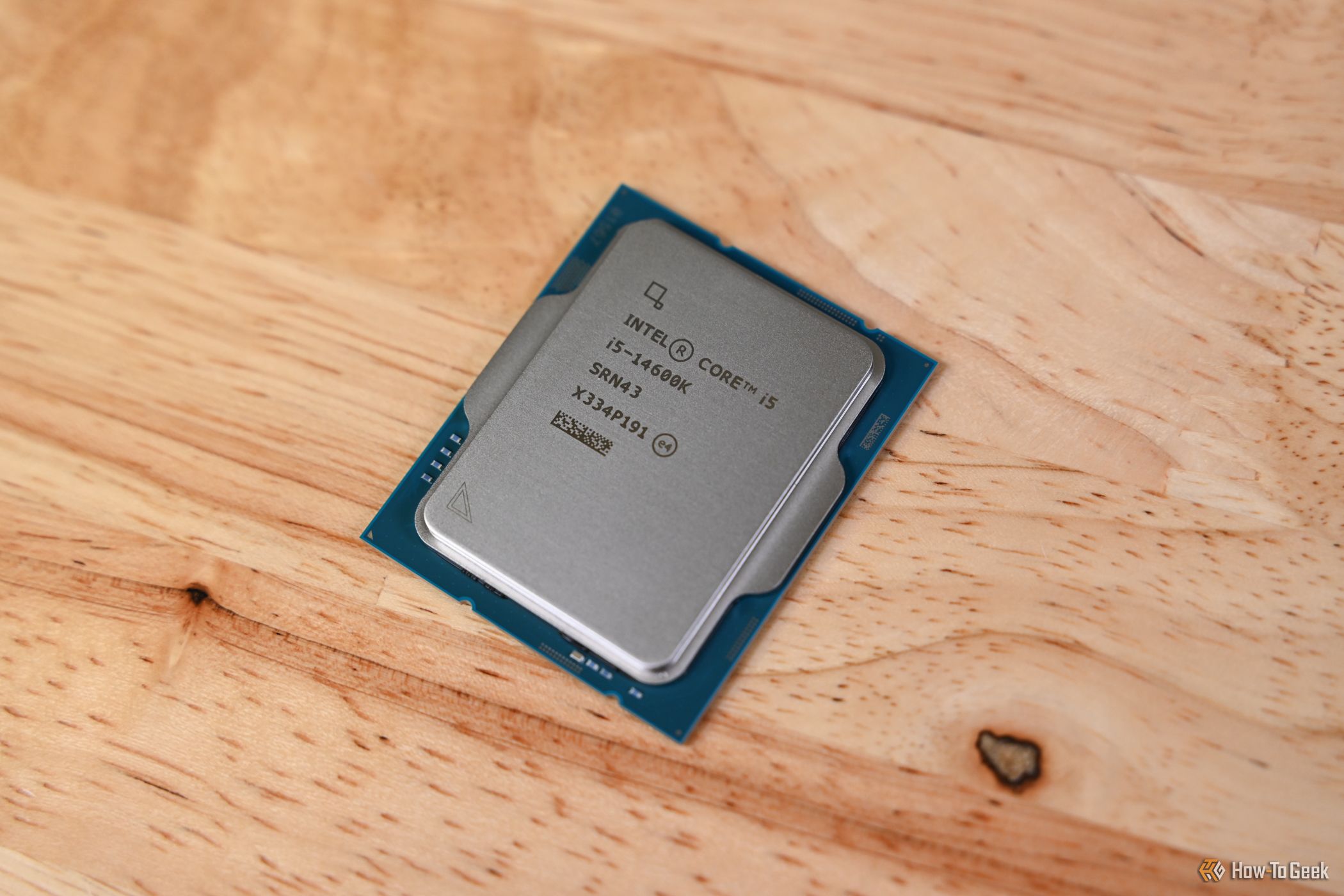
Related
Intel Core i5-14600K CPU Review: A Good Midrange CPU That Doesn’t Move the Needle
The Core i5-14600K isn’t anything new, but since it’s not broken, don’t fix it.
I currently switch between a Ryzen 9 7900X and an i9-13900K system for gaming, and I rarely (and I do mean extremely rarely) see CPU utilization go above 10 to 20% when gaming.
So, whether you’re on a budget or not, I’d recommend spending any extra you’d normally spend on a better processor on a better graphics card, unless you have enough money to max out both.
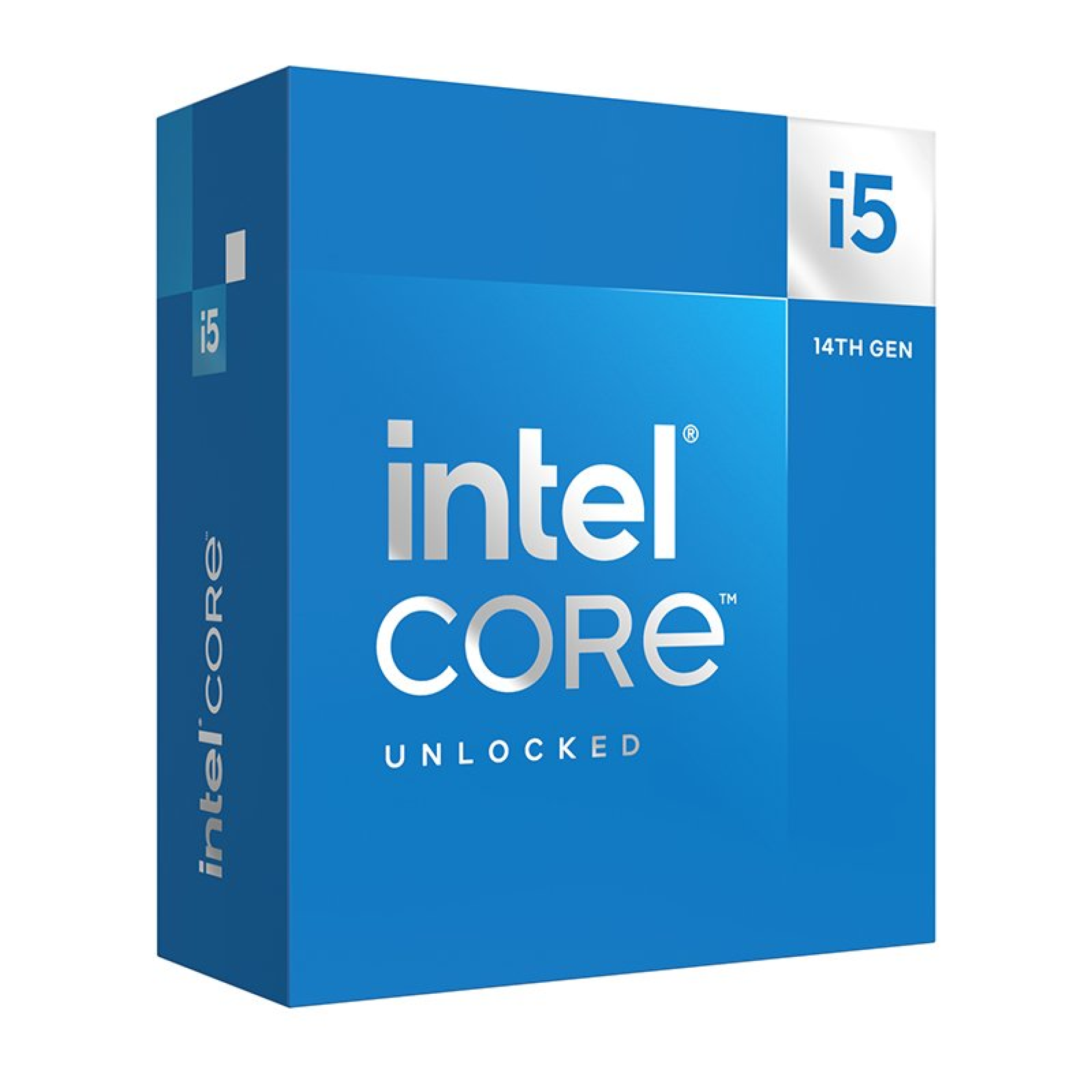
- Brand
-
Intel
- CPU Model
-
Core i5-14600K
- CPU Socket
-
LGA 1700
- Cores
-
6P+8E
Intel’s Core i5-14600K is a refresh of its popular Core i5-13600K, featuring the same cores and architecture but also higher clock speeds.
Mid-Range Graphics Cards Are Great for 1080P or 1440P Gaming
Let’s be realistic: just about every PC gamer wants the famed NVIDIA xx90 graphics card (like the RTX 5090). But what if I told you that it’s completely unnecessary for most builds?
I spent the better part of two years gaming on a Ryzen 5 5600X and an RTX 3060, and I enjoyed every second of it. My gaming system before that had a GTX 1080 and i7-6800K back in 2016, which were top of the line for the day. A mid-range system was uncharacteristic of me, but it gave me a great perspective.
With my mid-range system, I was able to drive just about any game I wanted at 1440p and medium settings. Some games I could crank up to high or ultra, but I was almost always able to get a solid experience at medium. My 1440p monitor was an ultra widescreen display, which pushed way more pixels than a traditional 16:9 screen—though I recently switched back to 16:9 to make it easier for my GPU to drive my monitor.
Just like I was, I think the average gamer can be extremely satisfied with an RTX 4060 or RTX 5060 graphics card. With frame generation, you’ll be able to play at good to great frame rates even on newer titles.
Sure, you won’t push 4K144Hz with a 4060, but that’s honestly not all it’s cracked up to be. 4K is great and all, but 1440p is the sweet spot for all PC gaming, in my opinion. So, I’d recommend you stick to a graphics card perfect for that mid-range setup.
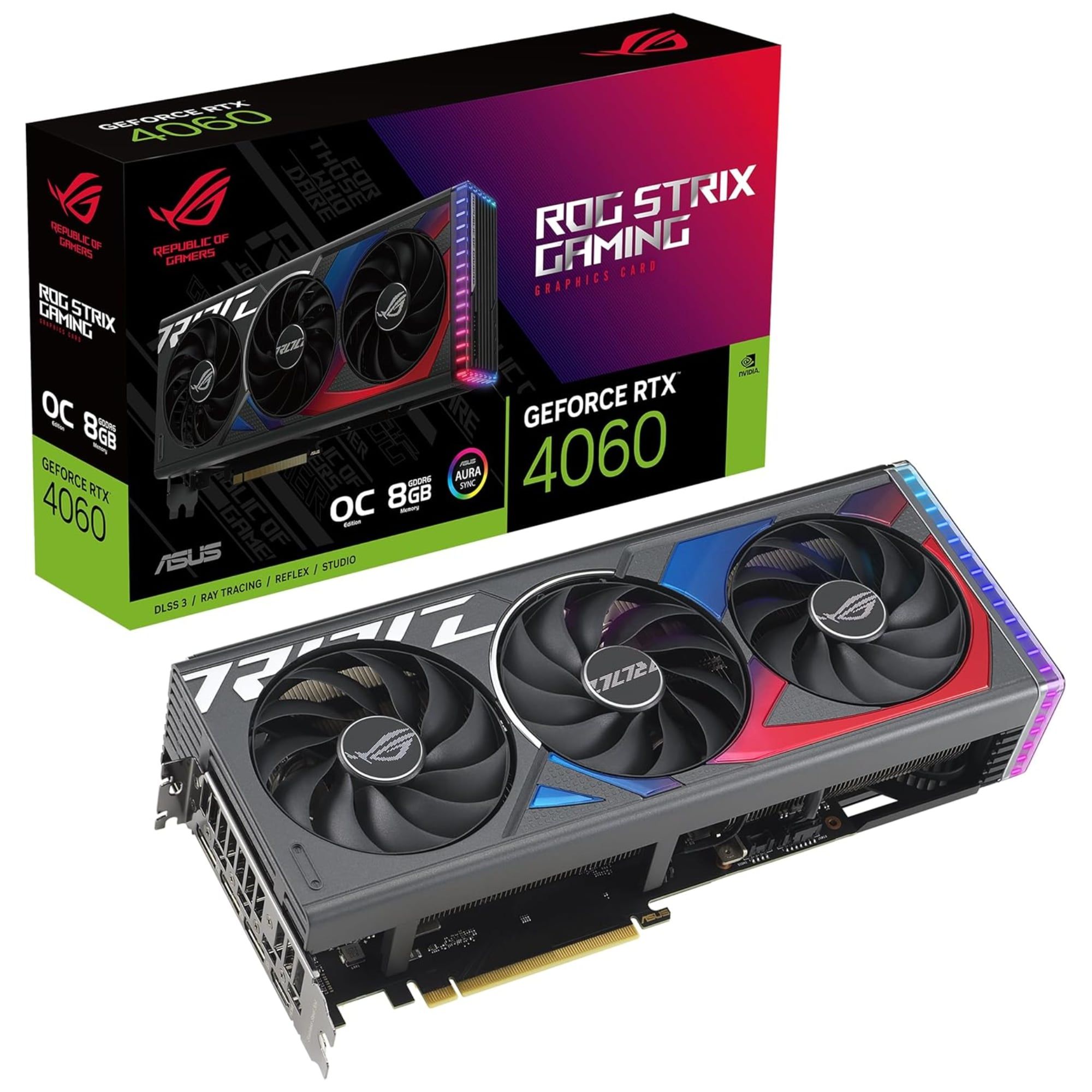
- Brand
-
ASUS
- Cooling Method
-
Triple Fan
The ASUS ROG Strix RTX 4060 OC Edition is a great mid-range graphics card with 8GB of GDDR6 memory, three DisplayPort 1.4a outputs and one HDMI 2.1a. It also features NVIDIA’s DLSS 3 technology for frame generation and the 3.1-slot design allows ample cooling of the graphics card.
16GB of RAM Will Get You By, but 32GB Is Ideal
In the past, 16GB of RAM was the ideal configuration. It was affordable and gave you enough headroom to do whatever you’d want. 32GB was seen as “overkill” but still desirable, and any more than that was unnecessary for most users.
These days, the field has shifted and 32GB has replaced 16GB as the ideal amount of RAM for your PC. It’s definitely still possible to game on 16GB (or even 8GB), but I’d highly recommend you get 32GB for your gaming system.
32GB is now fairly affordable when it comes to DDR5 RAM, and it’ll give you enough room for your system to grow in the future. If you can swing 64GB, I’d say do that, but it’s definitely not required for a gaming system.
A PCIe 5.0 SSD Is Completely Unnecessary, Go PCIe 3.0 Instead
Storage used to be the thing that held gaming performance back. Going from IDE hard drives to SATA hard drives increased gaming performance. SATA hard drives to SATA SSDs increased gaming performance. SATA SSDs to PCIe SSDs increased gaming performance.
However, once we hit PCIe 3.0 drives, things sort of plateaued. I recently reviewed the Samsung 9100 PRO NVMe SSD, which set the record as the fastest storage drive around, and decided to see if it actually made any difference in gaming.
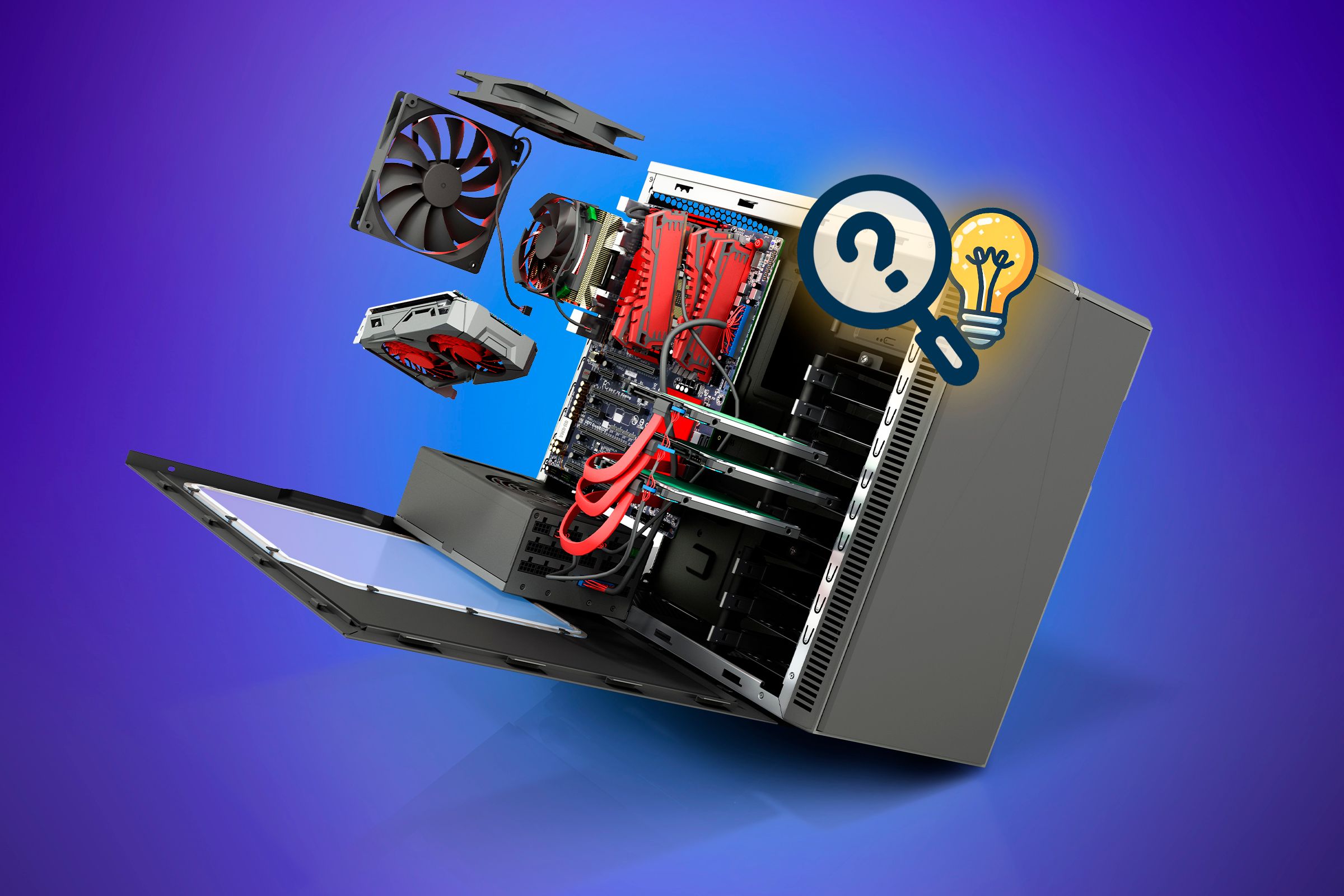
Related
How Much Storage Do You Really Need for PC Gaming?
The more the merrier? In a nutshell, yes.
During my review, I put the 9100 PRO PCIe 5.0 drive up against a PCIe 4.0 and PCIe 3.0 drive to see which would come out victorious in gaming. I was surprised that PCIe 3.0 to PCIe 5.0 had very little difference in gaming performance, if any.
The read and write speeds were astonishingly different—the PCIe 3.0 drive had read speeds of 3.29GB/s and write speeds of 2.739GB/s, while the PCIe 5.0 drive had read speeds of 14.72GB/s and write speeds of 13.49GB/s. That’s nearly five times as fast. All for zero in-game performance difference.
All of that is to say: don’t get a PCIe 5.0 drive for your gaming system unless you have some other reason for it. You’re going to see hardly any (if at all) in-game performance increase for the extra cost of the drive. Instead, get a PCIe 3.0 or PCIe 4.0 drive that has more storage instead of more speed.
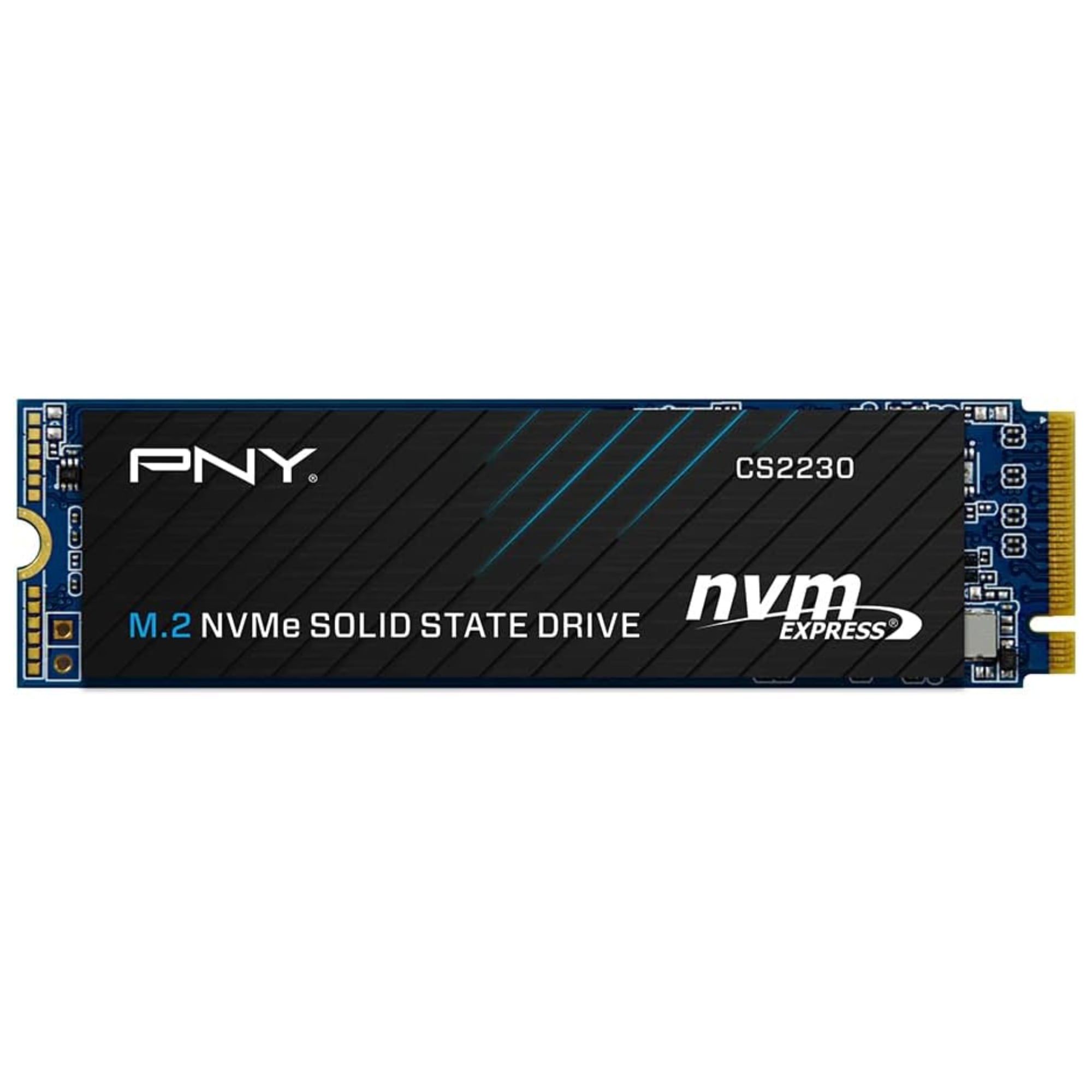
- Storage capacity
-
2TB
- Hardware Interface
-
M.2 NVMe
The PNY CS2230 2TB NVMe SSD is a great mid-range storage drive. Offering 2TB of speedy SSD storage, this drive takes up very little space in your system as it mounts directly to the motherboard.
Not All Motherboards Are Created Equal (But You Don’t Need the Highest-End, Either)
I’ve been on both sides of the spectrum—I’ve had a top-tier motherboard (that cost over $700) and I’ve had entry-level boards. Let me tell you why I’ll never go ultra-top-tier again, but also why I don’t recommend going as cheap as possible, either.
Ultra-top-tier motherboards are great if you have plans to set overclocking world records or want to build an all-out system, but that’s about it. On the other hand, entry-level boards typically lack standard features, like Wi-Fi, Bluetooth, or multiple NVMe slots.
The best bang-for-your-buck is a middle-of-the-road motherboard.
I typically recommend going with the higher-end motherboard series, like the Z790 or the X870 platform. This is because those platforms normally have the best power delivery, cooling, and port options when compared to the lower-tier motherboards.
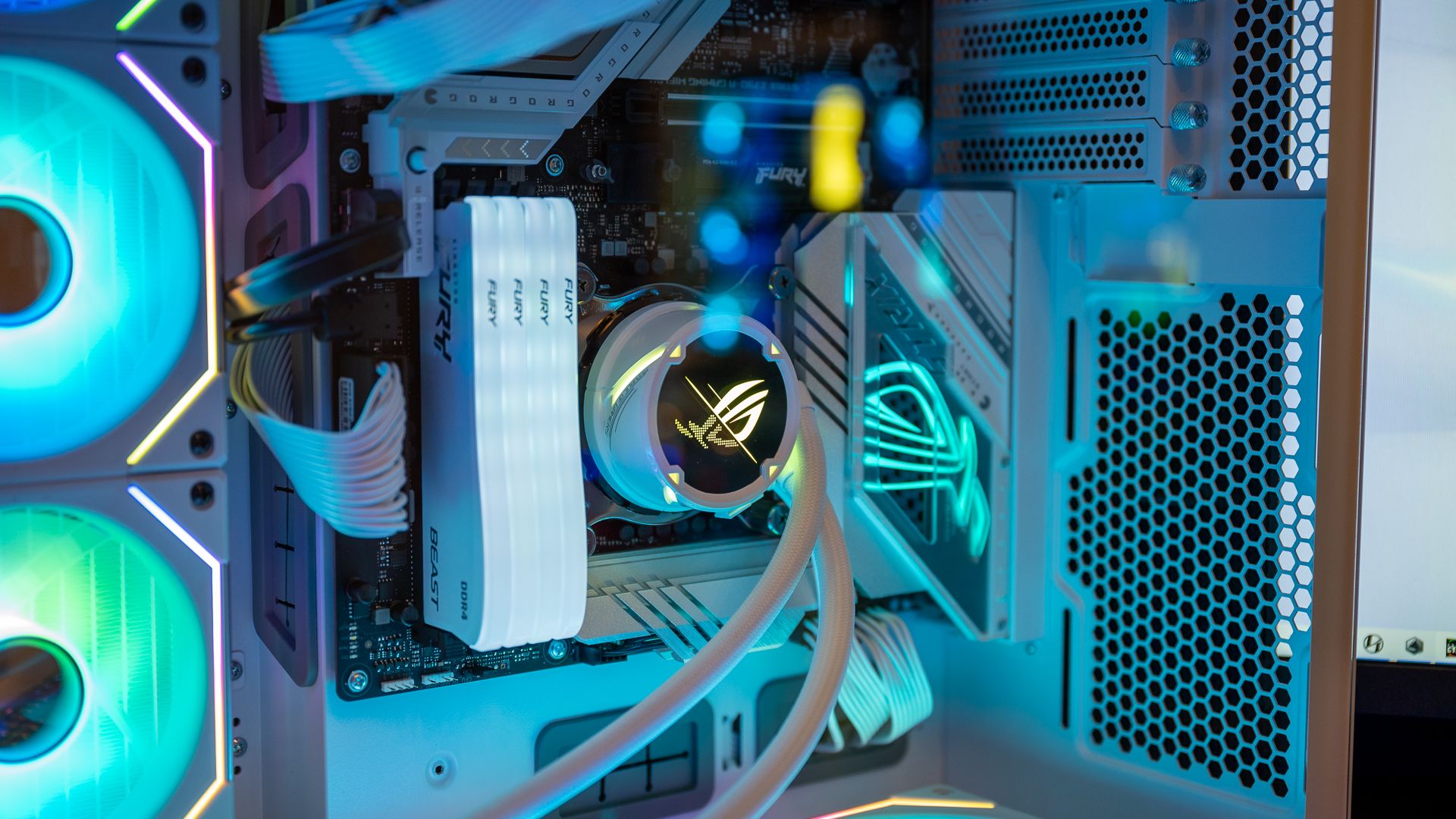
Related
Don’t Waste Your Money on RGB, Buy a Better Motherboard
No amount of RGB can outshine a hidden bottleneck.
However, within that Z or X lineup of boards there’s a wide (very wide) range you can choose from. There are $120 motherboards, and there are $700 motherboards. I tend to try and stay around the $150 to $200 price range, and see what all I can get there.
When I’m shopping for a new motherboard, my primary goal is to get the most I/O and storage capabilities I can within my budget. Some boards will offer Thunderbolt in that price range, others USB4, and some plain ol’ USB 3.1/3.2. You have to be careful and double check what each board delivers.
Also, on the storage front, some boards come with just one or two M.2 NVMe slots, and others can have four or five. I really recommend you do your research here, and get the board that ticks all the boxes you want.
Just don’t worry about spending a crazy amount on a motherboard to make your system faster. Unless you plan to do wild overclocking, your motherboard choice will have very little effect on your actual gaming experience.
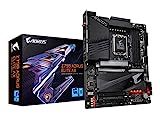
- Brand
-
GIGABYTE
- Memory Slots
-
4
The GIGABYTE Z790 AORUS Elite AX is the best Intel motherboard for gaming for most users. It’s got great connectivity options, lots of fast USB ports, four M.2 slots, and a high-quality VRM. The only major downside is the disappointing built-in audio solution.
Air Cooling Is Better and Easier Than Liquid Cooling
Similar to other categories on this list, I’ve been on both sides of the fence when it comes to cooling. I’ve used all-in-one liquid coolers as well as air coolers. I’ve even used entry-level coolers and premium ones, and I used to build custom loop liquid systems at a previous job.
If I’m building out a system and going for the best price to performance ratio, I’m going air cooling, hands down. Premium air coolers like the be quiet! Dark Rock Pro 5 can easily handle even the most power-hungry CPUs while staying cool and quiet.
All-in-one liquid coolers are fun and all, and I run three of them currently in my various systems (two 360mm and one 240mm). However, the performance just isn’t what I’d like. Even on my two 360mm systems, I will routinely hit 70 to 80C when gaming.
So, I would definitely recommend going air cooling on your system. If you plan to go with a modest i5, then even a Cooler Master 212 Black Edition is a fantastic choice. It’ll provide plenty of cooling without breaking the bank.
The Right Case Is Whichever One You Like the Most
Cases are completely a personal choice in this day and age. You really can just choose whichever one you like best.
In the past, airflow was a huge concern depending on the case you went with. Airflow is definitely still a concern, but case designs these days typically offer decent enough airflow to not have to worry about buying special airflow-optimized cases.
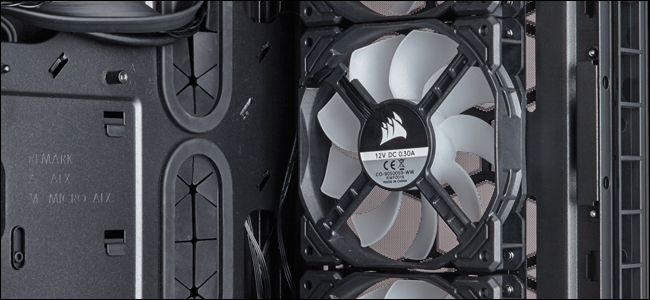
Related
How to Manage Your PC’s Fans for Optimal Airflow and Cooling
Building a modern desktop PC is surprisingly easy, thanks to modular parts and a lot of solid engineering.
So, when it comes to case choice, just pick what you like and go with it. A go-to for me for years has been just about anything from NZXT. All my current systems are built in NZXT cases, and I just love the aesthetic.
However, you can simply just shop Amazon, B&H, Newegg, or anywhere else for a case and find the one that has what you want. Make sure the ports on the front or top match what you need though, as not all cases come with USB-C standard yet.
Don’t Undersize Your Power Supply
For some reason, I’ve always seen people put power supplies at the bottom of their parts list and almost entirely ignore them. Power supplies are one of the most important parts of any PC build, so you shouldn’t skimp here.
I’m not saying that you should go out and buy a 1,200W 80+ Platinum-rated power supply to run an i5 and RTX 5060. I’m just saying don’t cheap out.
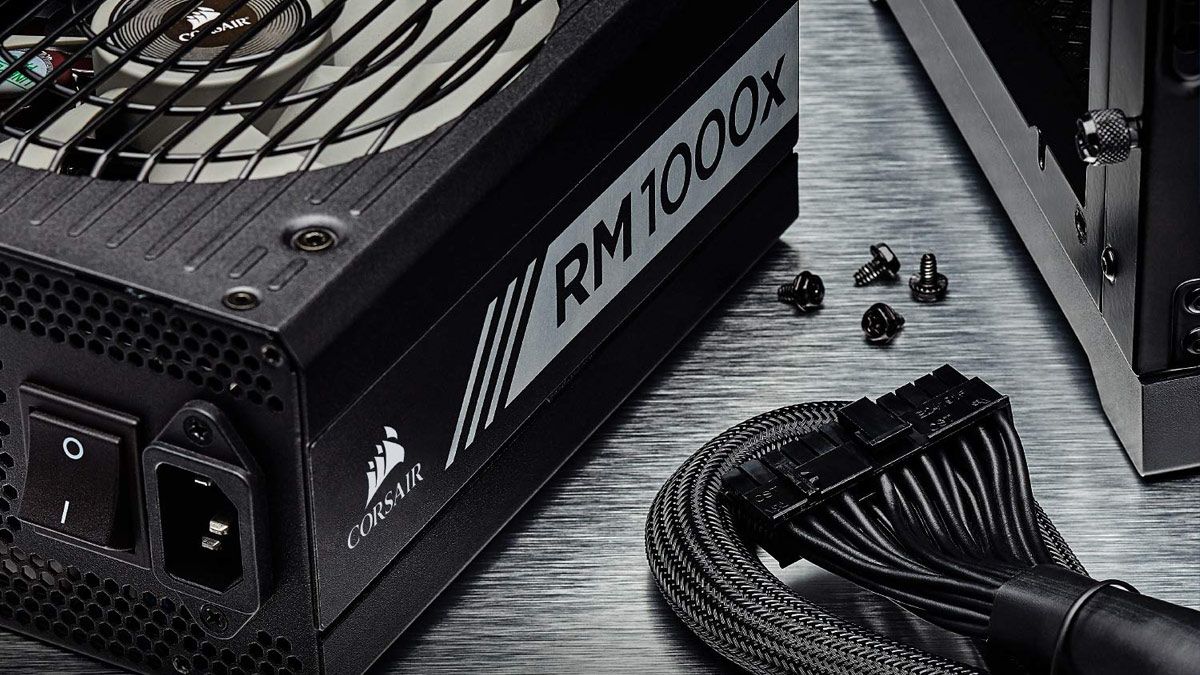
Related
You can, but here’s why you probably shouldn’t worry too much about that.
I typically recommend adding around 20% to what your system will pull at the max. An i5 and RTX 5060 system should pull right around 450W at max, which means you’ll want at least a 550W power supply, though 600W supplies are typically easier to find.
Also, make sure to get at least an 80+ rated power supply, ideally an 80+ white or higher. This just gives you at least a good idea that the power supply should be relatively reliable. I’d also recommend sticking with name-brands for your PSU, like CORSAIR, NZXT, SeaSonic, ThermalTake, SilverStone, or any others that have been around for a long time.
1440P Is the Sweet Spot for Monitors
While you might want to pick up a 4K gaming monitor, I’d actually recommend against that.
Unless you’re going with a high-end graphics card, a 4K monitor will be largely a waste in your setup. I have spent close to 10 years gaming at 1440p, and, had I not found the incredible deal I did on my current monitor, I’d still be gaming at 1440p.
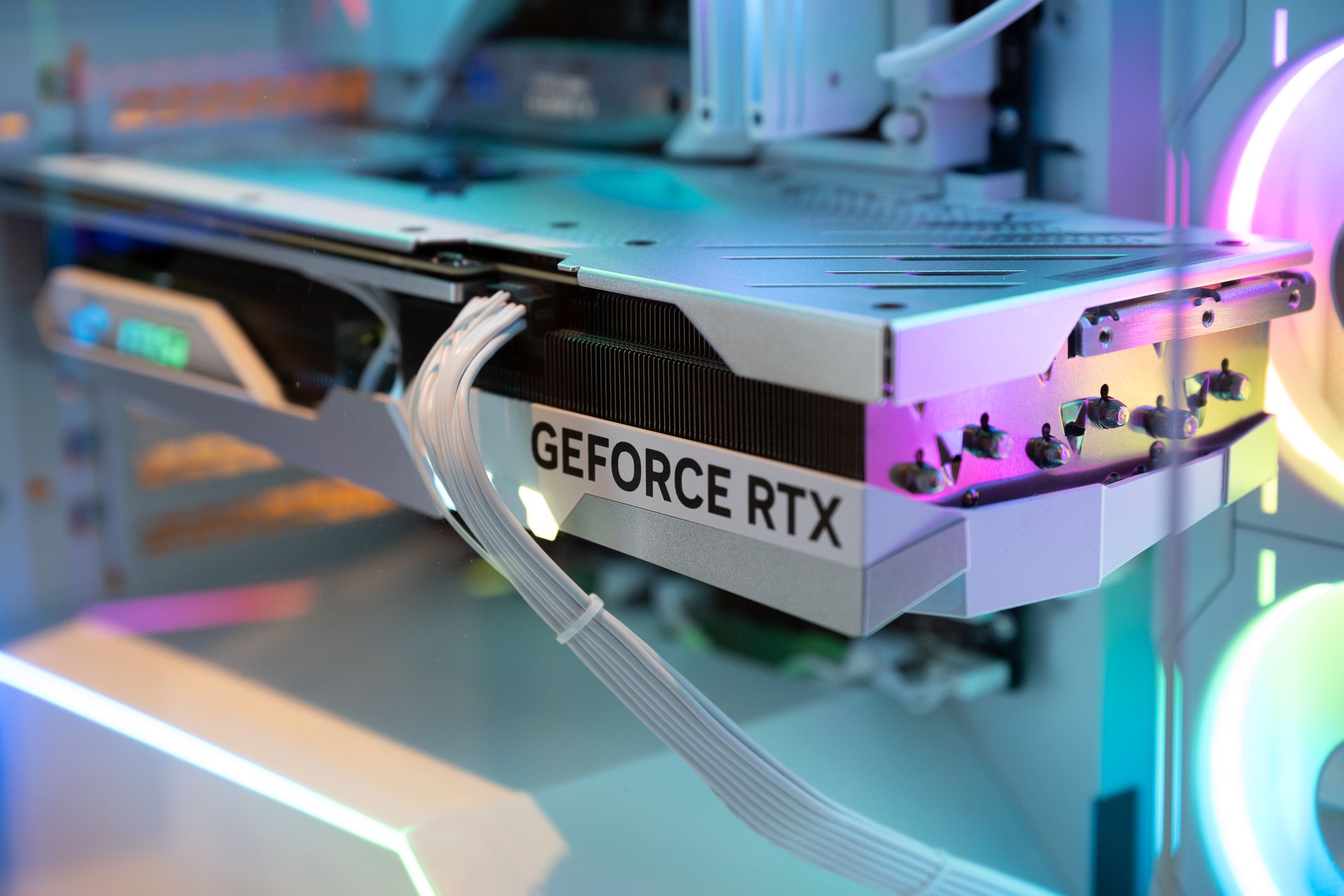
Related
Why a 1440p Monitor Is the Sweet Spot for PC Gamers
It’s 2025 and 4K gaming still isn’t very accessible.
Here’s the thing about 1440p—it’s easy for your graphics card to drive. While the RTX 4060 and 5060 can technically drive 8K displays, actually gaming at that resolution will be nearly impossible with anywhere close to an enjoyable frame rate.
This is one of the main reasons I recommend mid-range gamers aim for 1440p. It’s a resolution that you can easily drive in-game, and with modern graphics cards, you might even be able to push high or ultra settings and still be at a solid frame rate.
Plus, 1440p monitors are simply more affordable than their 4K counterparts, making it much easier to afford when building out your gaming setup.
Picking the Perfect Peripherals
With the hardware of the actual gaming PC covered, you’ll still need a few more things. I’d recommend at least picking up a gaming mouse, headset, and keyboard—though they don’t all have to be top-of-the-line.
On the mouse side of things, it’s hard to go wrong with something like the Logitech G305 LIGHTSPEED wireless. It’s a solid mouse, has been around for a while, and helps keep the clutter on your desk to a minimum. Plus, it won’t break the bank.
For a headset, the HyperX Cloud III is a solid contender for sure. It’s mid-range, but offers a premium experience. With high-quality audio, a built-in mic, and a comfortable build, this sub-$100 headset will be a great addition to your gaming setup.
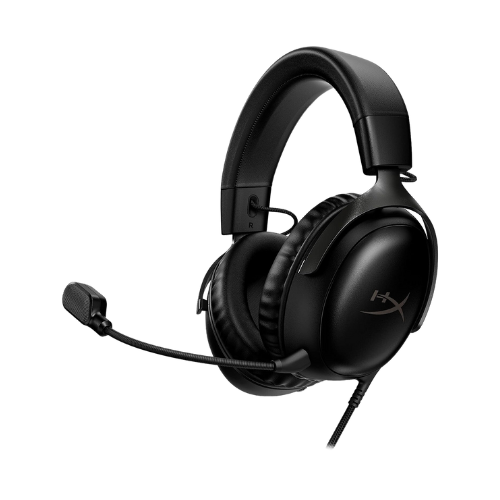
- Microphone
-
Electret condenser microphone
- Compatibility
-
Mobile, PC, PS5, Switch, Xbox Series X/S
- What’s Included
-
USB dongle, detachable microphone
- Noise Cancellation
-
Uni-directional
The HyperX Cloud III has just been released, and the $99 price point strikes a balance between premium features and affordability.
There are a lot of options out there when shopping for a gaming keyboard. I use a pretty expensive wireless split mechanical keyboard, but it’s overkill for most. For your gaming setup, you should definitely check out the Keychron Lemokey P1 Pro. It’s affordable with a sub-$150 price point, offers premium features like hot-swappable switches, and delivers a sturdy build.
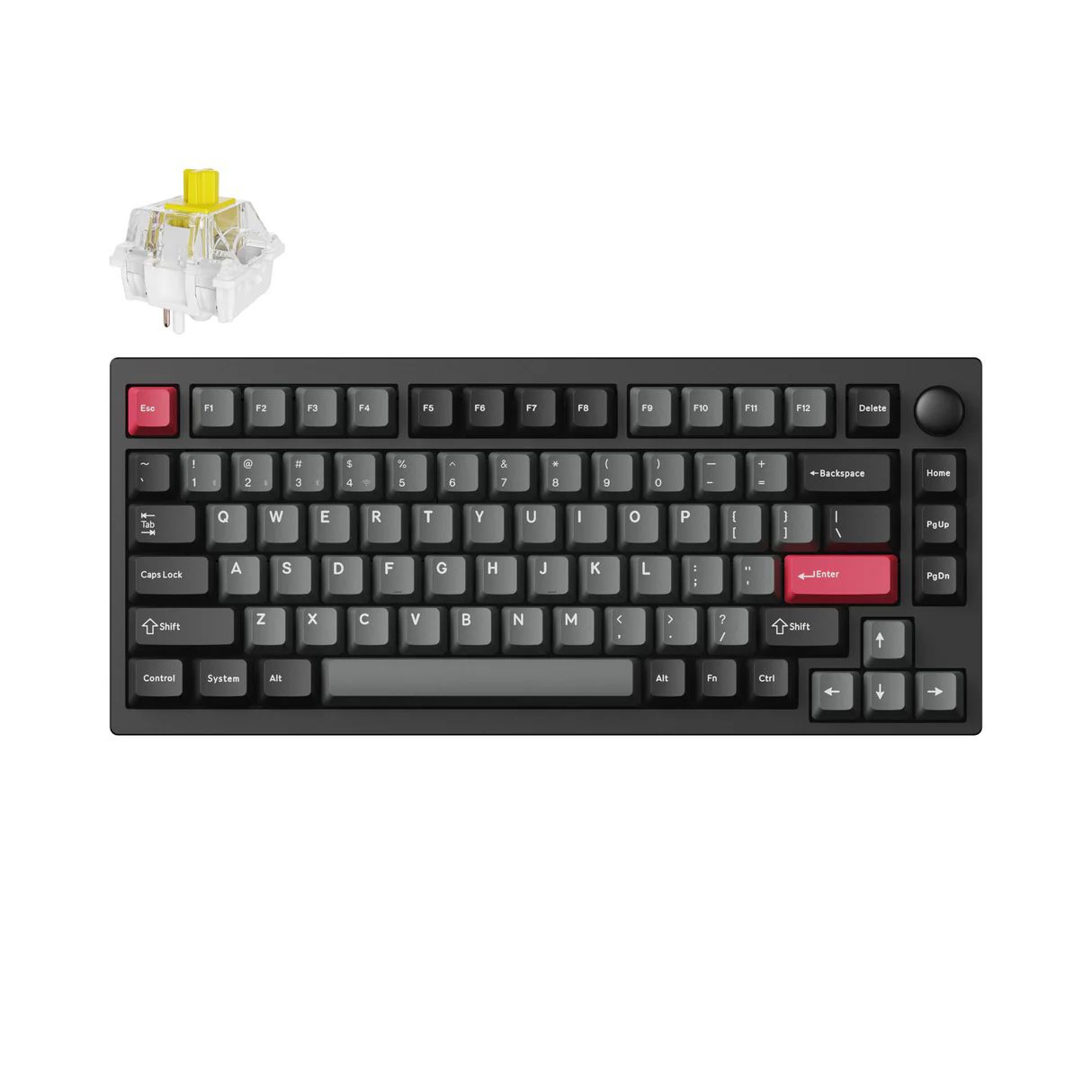
- Form factor
-
Mechanical keyboard
- Switch options
-
Banana, Red, Brown
75% wireless mechanical gaming keyboard in an aluminum frame with cherry double-shot PBT keycaps.
However, these are just a few options you can choose from. You don’t have to blow the budget on a $300 keyboard, $400 headset, and $200 mouse. Just find the peripherals that fit your features and budget and go from there.
Now that you’ve got your gaming PC built, make sure you get the most out of your new hardware. Here’s a guide on how to make sure your new graphics card is giving you the most FPS possible when gaming, as this is something every new PC builder should do.








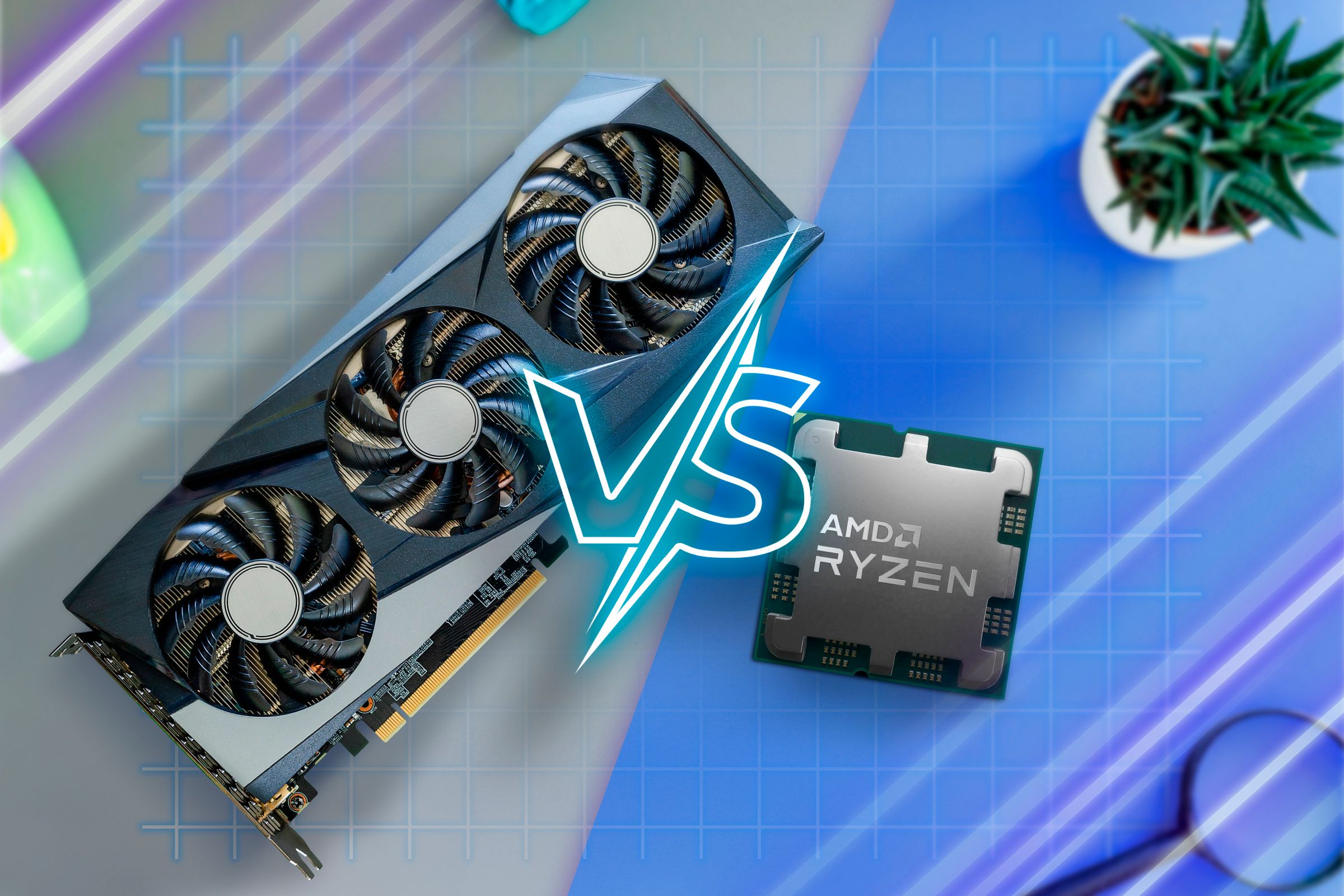
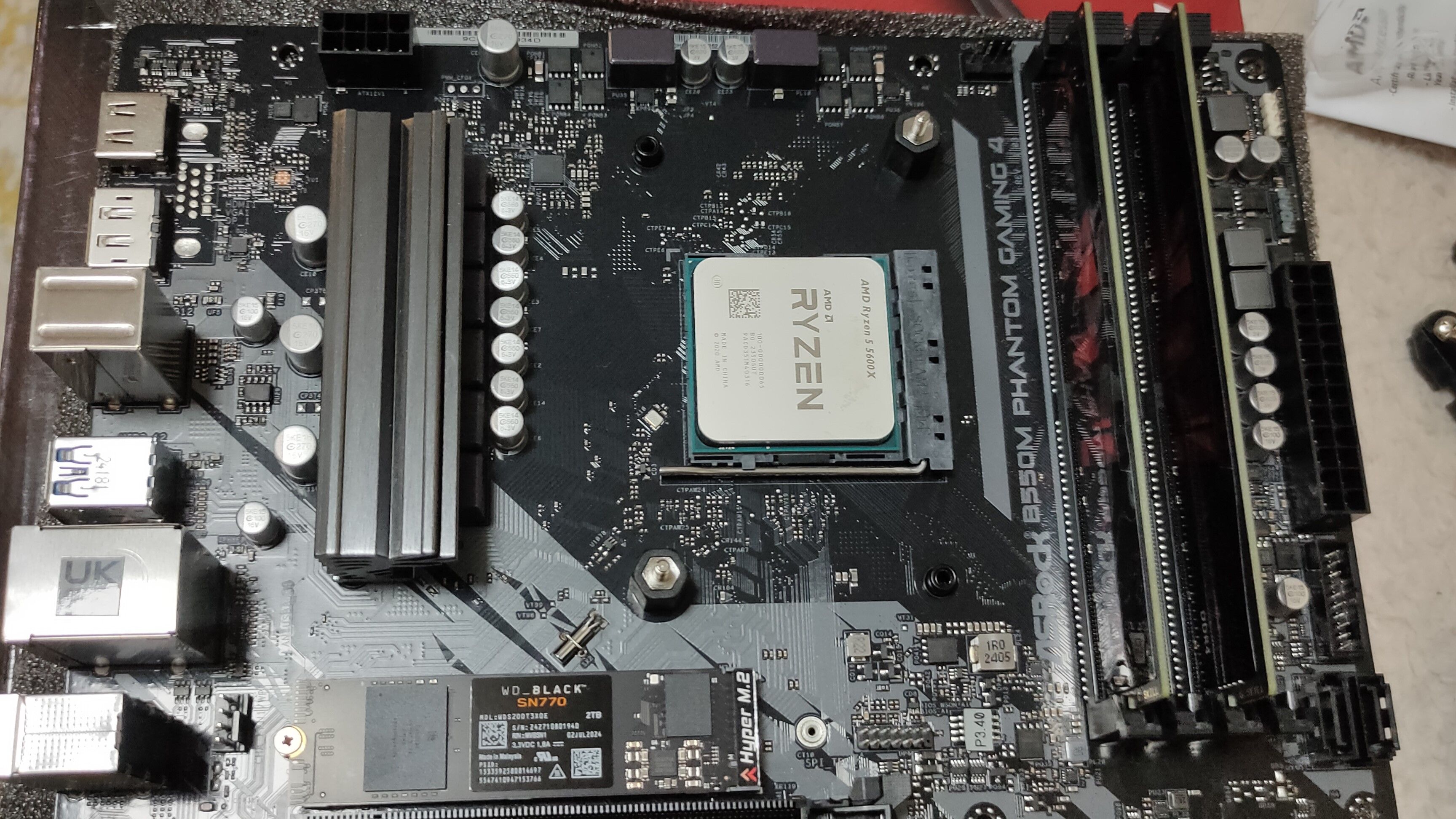
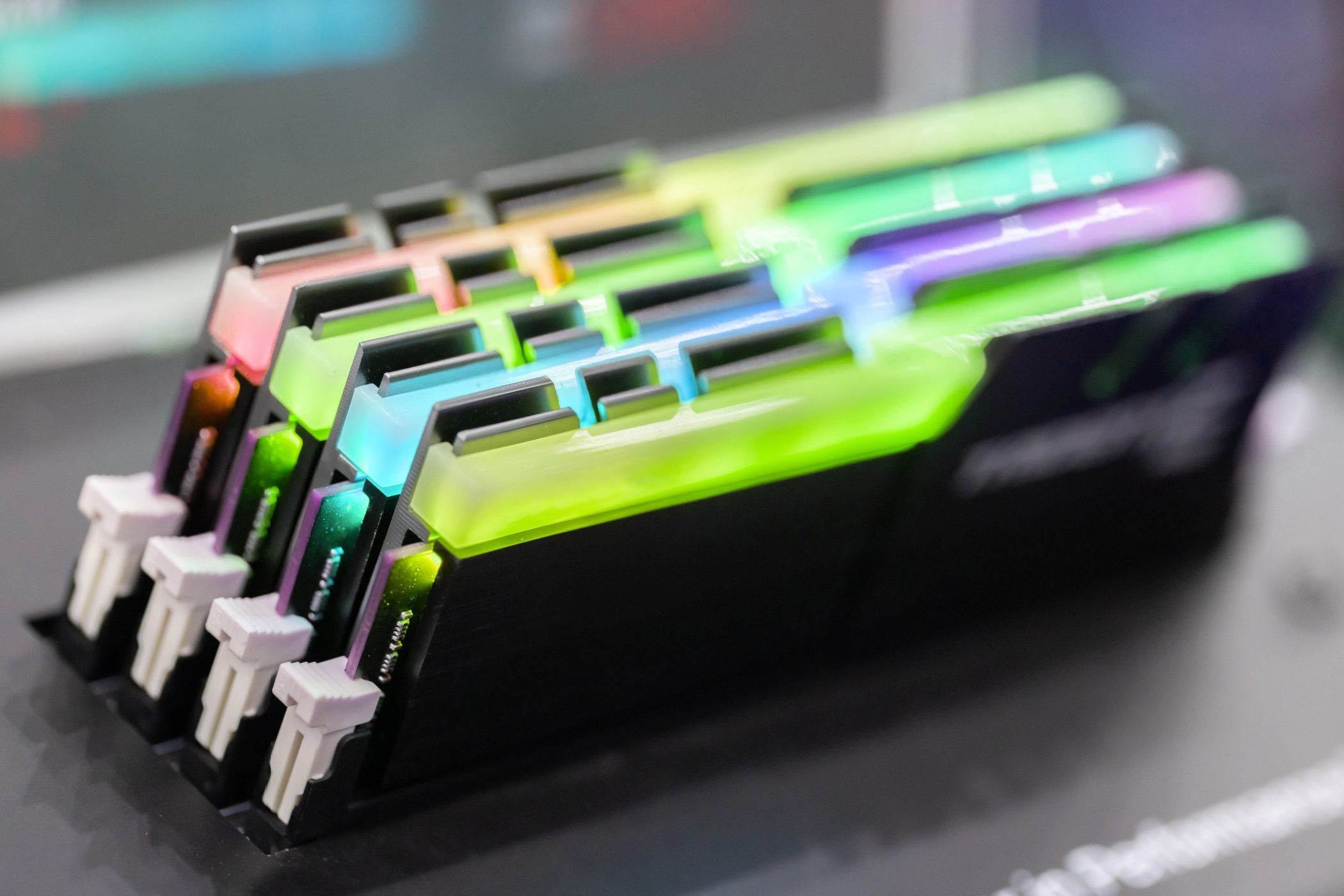
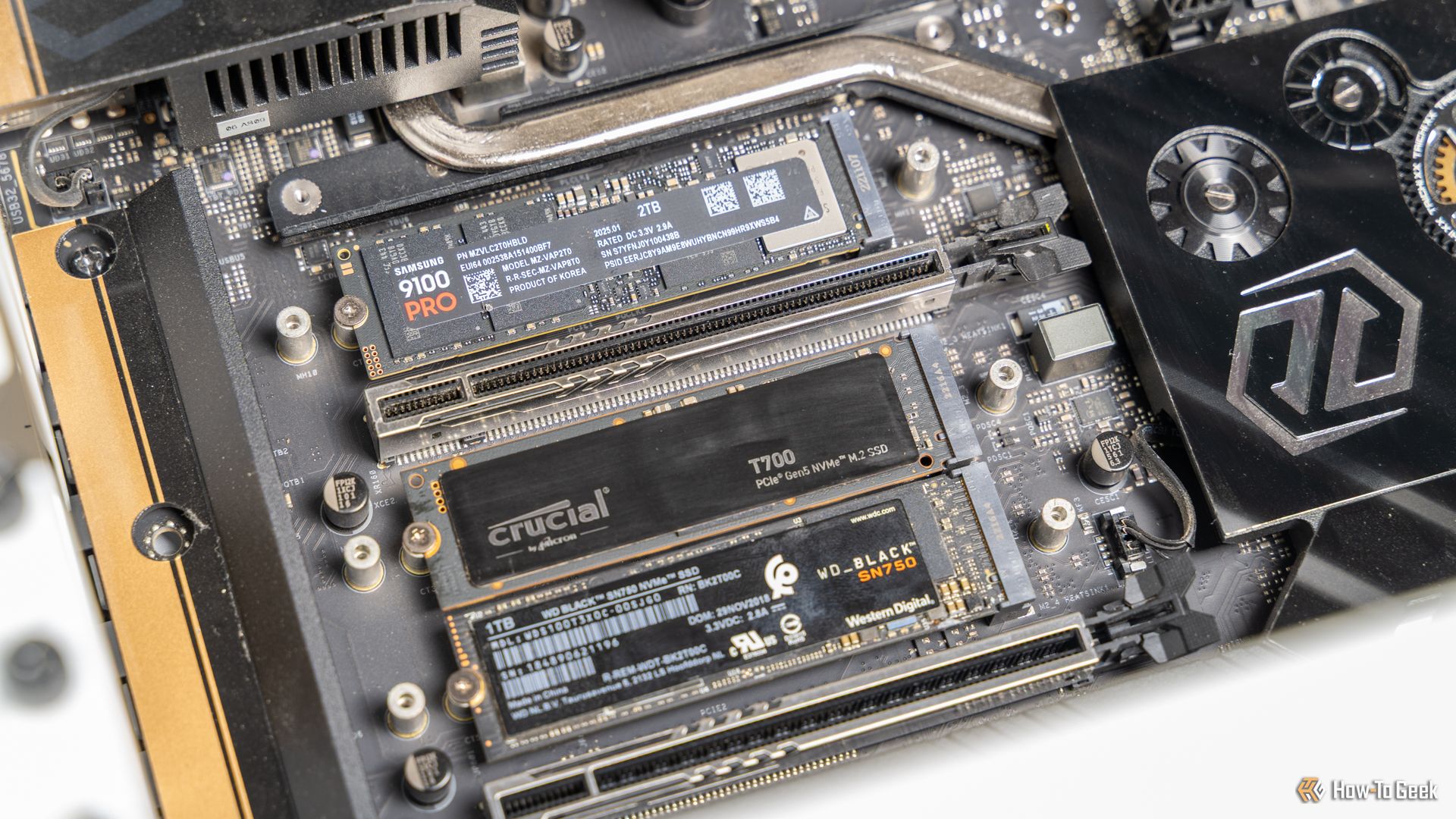
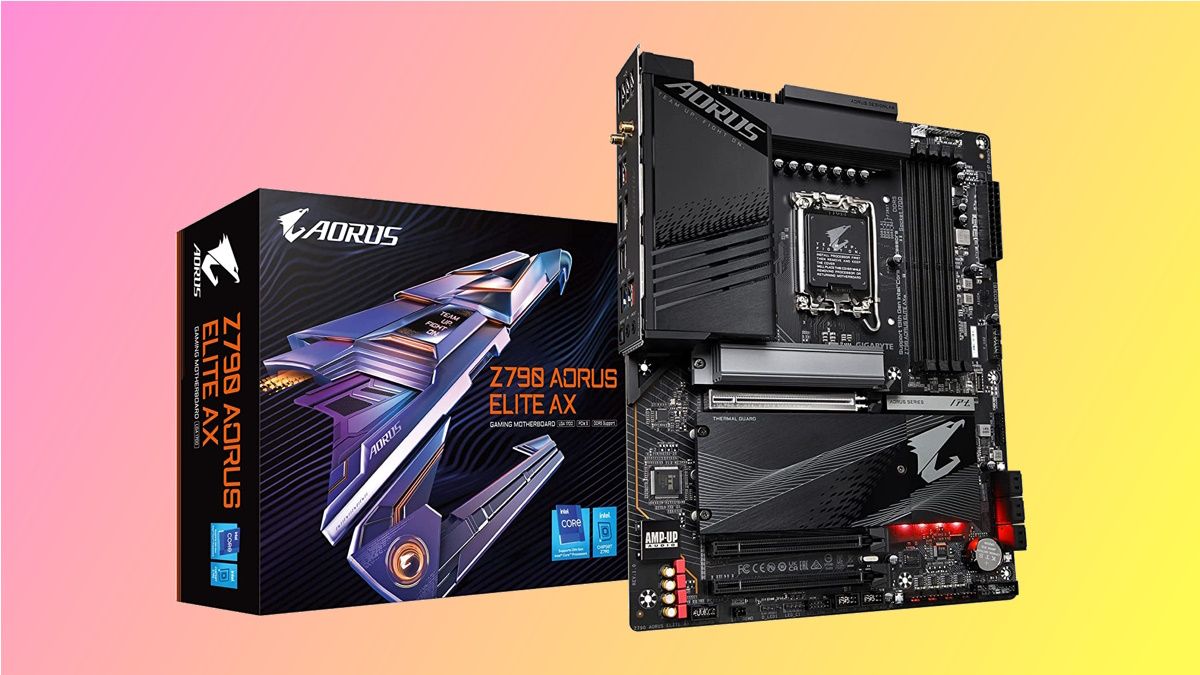

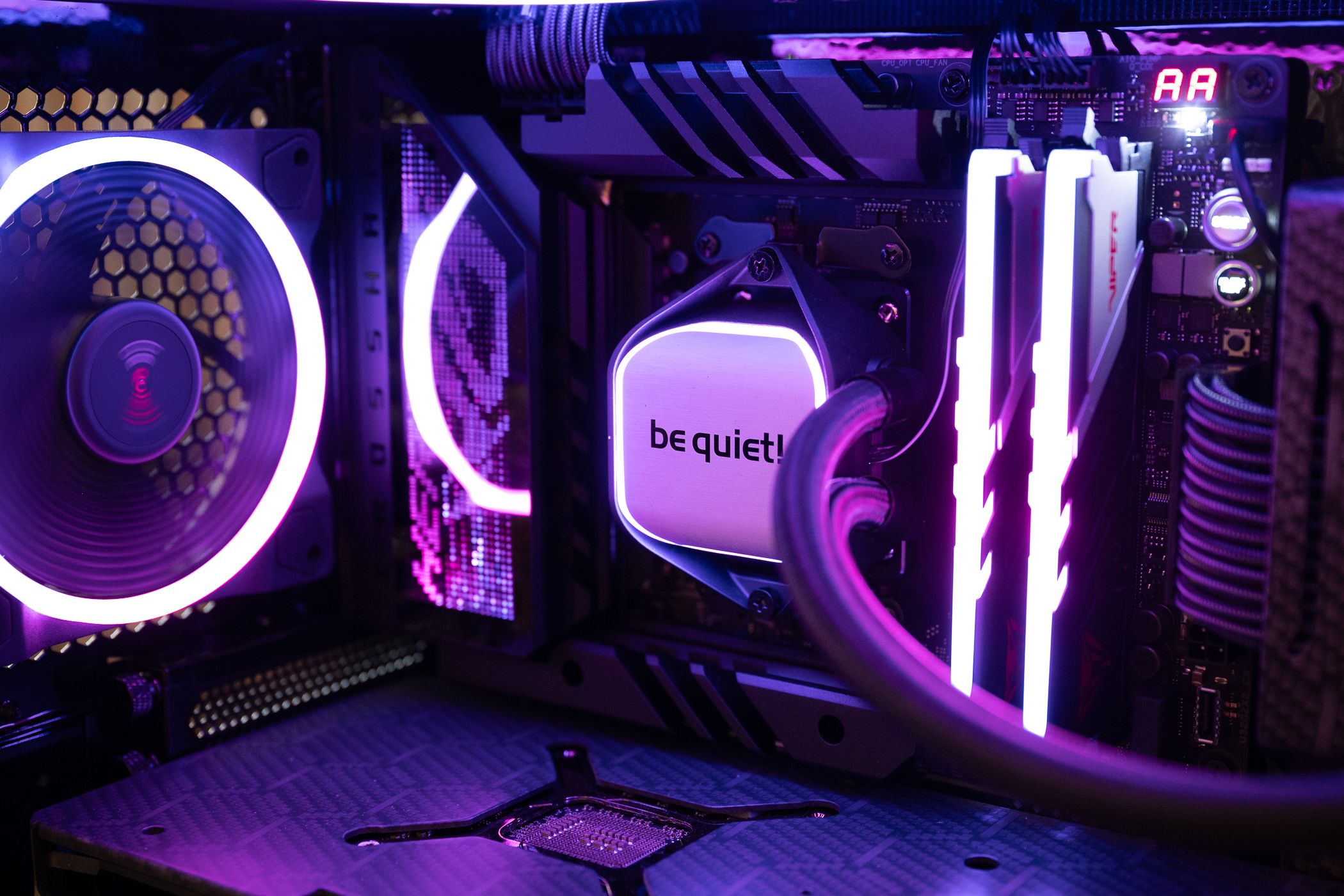
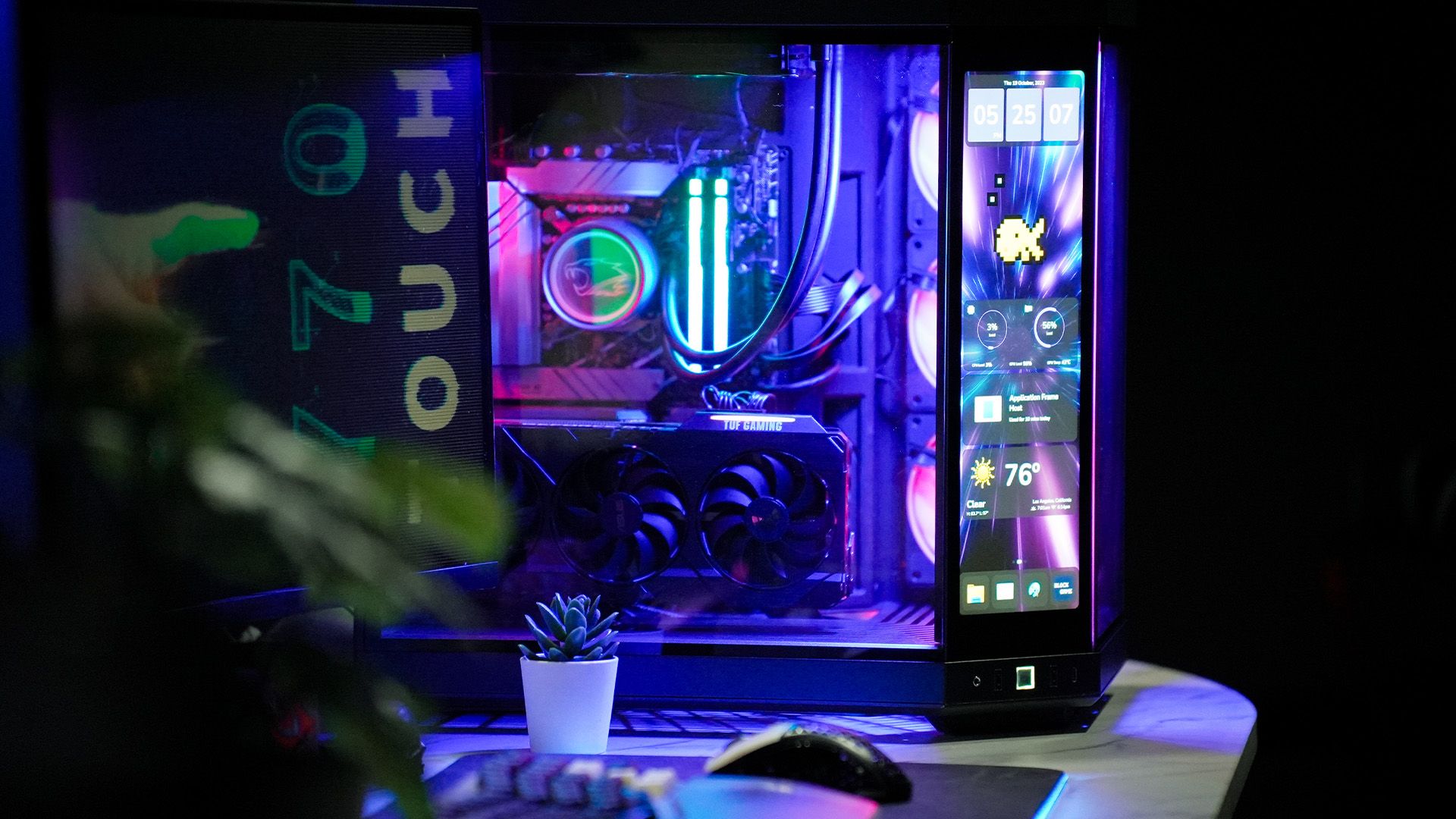

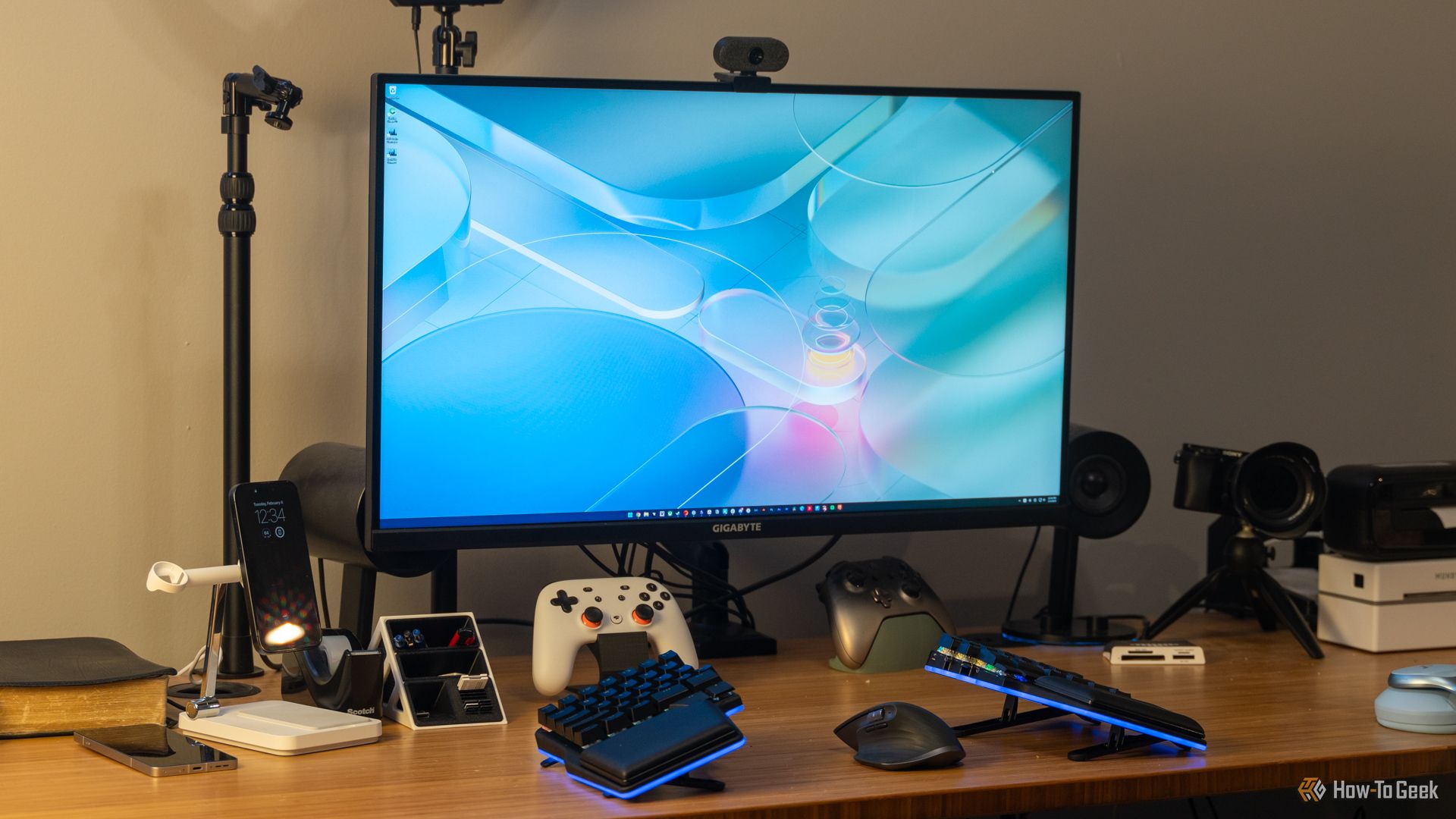
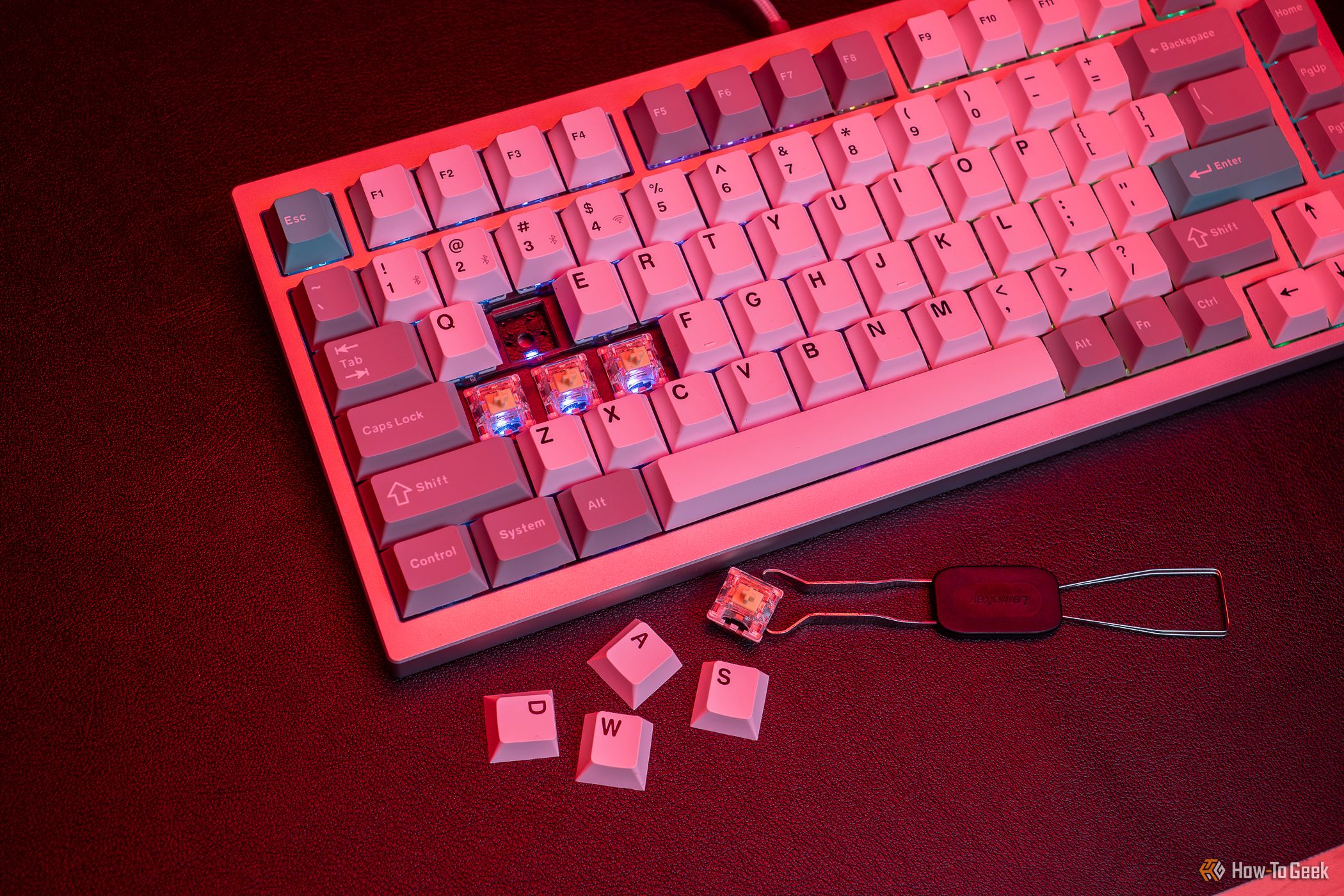











Deixe um comentário